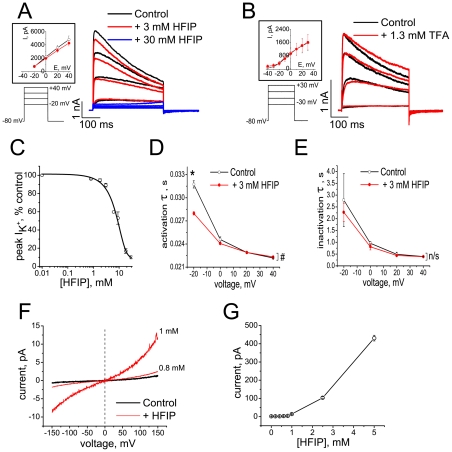Figure 3. HFIP and TFA effects on Kv1.3 channel currents and BLM conductance.
(A) Representative current traces before (black) and after (red and blue) application of HFIP (n = 5 cells). (B) Representative current traces before (black) and after (red) application of TFA (n = 3 cells). The current-voltage relations before and after application of HFIP (A) or TFA (B) are shown in the inserts. (C) Dose-response curve for the HFIP effect on peak K+ currents, evoked by depolarizing steps to +40 mV. IC50 = 5.2±3.4 mM from fitting the data (mean ± S.E.M., n = 5 cells for each concentration) to a Boltzmann function. (D) Activation of Kv 1.3 current is accelerated by HFIP (Data shown as mean ± S.E.M., n = 3 cells). The effect of HFIP on the activation time constant was significant (F = 50.6; #P = 0.01, Two-way RM-ANOVA) with significant interaction between FactorA (treatment) and FactorB (voltage) (F = 155), and by Pairwise Comparisons at −20 mV (*P = 7.9969×10−6, Tukey test). (E) The inactivation kinetics of Kv 1.3 current are not significantly affected by HFIP (mean ± S.E.M., n = 3 cells, #P = 0.36369, Two-way RM-ANOVA). (F) Representative I/V curves recorded on DOPC/DOPE BLMs in the presence of HFIP. (G) Dose-dependence of HFIP-induced currents through BLMs at +150 mV (mean ± S.E.M. for n = 7).

